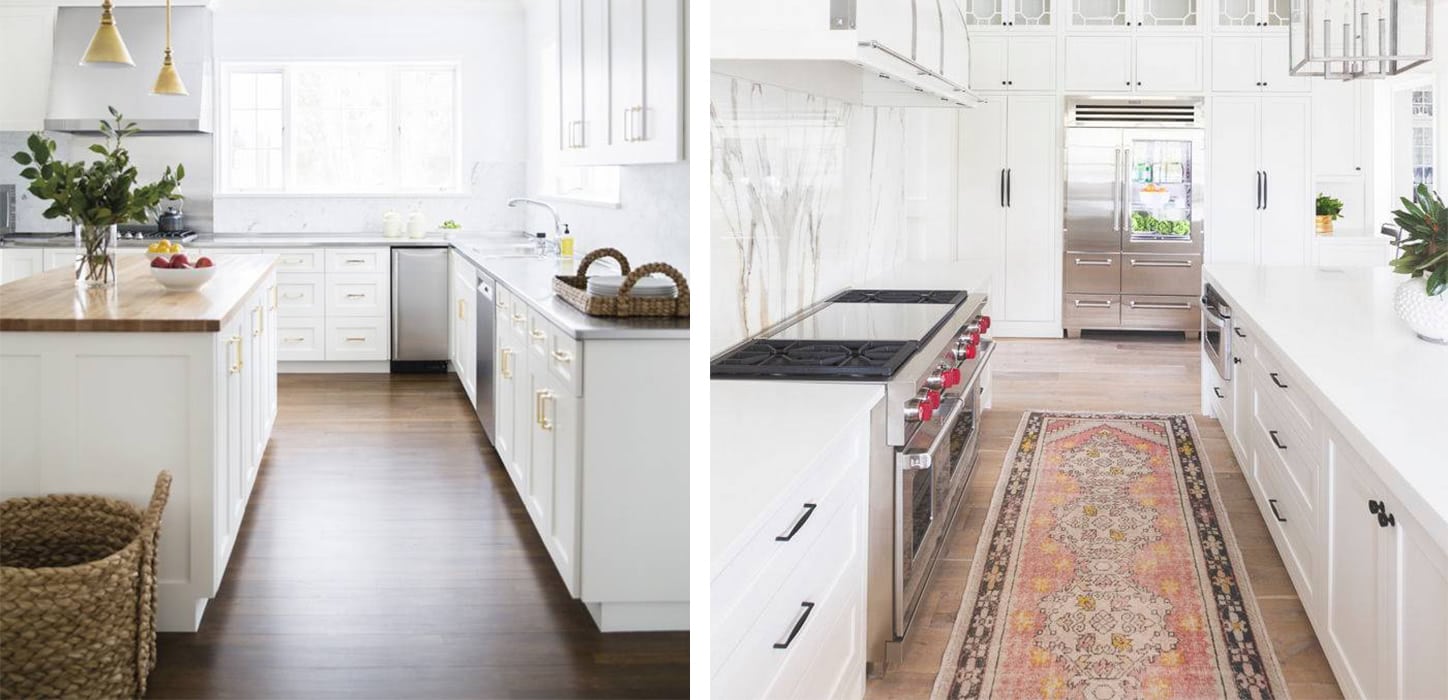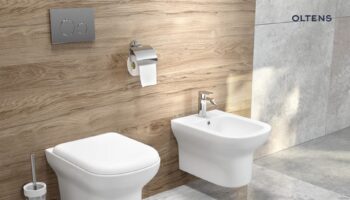Because how we use our kitchens is continuously changing, designing a kitchen is somewhat of an ongoing learning process. Where traditionally just one person in the home was responsible for cooking, kitchens are today multifunctional family rooms used for cooking, entertaining, dining, working, and even reclining.
Consequently, designing a kitchen in considerable detail from the beginning is required, and we have enlisted the assistance of leading kitchen designers in defining the process. Below, we walk you through the design process step-by-step so that you may combine your creative kitchen ideas with practical considerations to create an ideally balanced room, drawing inspiration from the top kitchen designers.
Kitchen design in Singapore is best performed by seasoned specialists, but only in collaboration with you. This is because how you utilise your kitchen will have a significant impact on the design decisions you make.
This basic guide will help you learn how to design a kitchen like an expert interior design company in Singapore. However, you should always consider if each stage matches your desired layout and functionality for the completed space.
Create a wishlist.
Start by creating a mind map and listing all the components of your ideal kitchen.
This is the area for big-picture considerations. Which aesthetic have you been wanting to adopt? What appliances and luxuries do you desire? Write down anything you’ve ever desired. You should also consider what about your existing setup that is not functioning.
You may include more intangible concepts that your designer can help you with on your list, such as cabinets made of various materials and countertops with varying finishes.
Set a kitchen design budget.
At the outset of a project, kitchen expenses must be precisely outlined.
How you can fulfil your wish list will depend on your finances. First, you must determine how much you can spend on the project. In addition to the kitchen, budget carefully for plumbing, wiring, lighting, appliances, flooring, decoration, labour, and other finishing touches. Additionally, 10% should be included as a contingency for any unanticipated expenses.
Consider how your space will be utilised.
Consider carefully how you want to utilise the area and your needs.
Modern kitchens are the heart of the home. Therefore we approach the design by considering the arrangement in terms of moments, including spaces to cook, dine, entertain, and occasionally work.
To maximise efficiency, keep the prep, cook, and wash sections as near together as possible, even in a huge space.
Measure up.
When designing your kitchen, avoid becoming overly ambitious with standalone components.
Ensure you measure your floor accurately so an island will fit comfortably in your area. When positioned in the middle, it should provide sufficient floor space for movement and access to the remainder of the kitchen.
The space beneath the kitchen island’s countertop is particularly important since it provides adequate room for storage and kitchen items such as low refrigerators and deep drawers.
Consider the ideal kitchen colour scheme.
As the kitchen is typically not a tranquil place but rather the hub of the home, bright, warm, and eye-catching wall colours might work well.
Alternatively, subtle accents of bolder colours offer depth and character to a neutral kitchen. Using paint to add a splash of colour to a cabinet front, bar stool, or shelving unit is cost-effective and simplifies infusing a distinct dose of individuality.
From appliances to flooring to window treatments and cabinetry, kitchens have an abundance of colour options. Determine the extent of the permanent commitment you are willing to make. One of the simplest and cheapest solutions is to paint a wall that can be quickly changed if you become bored with it.





